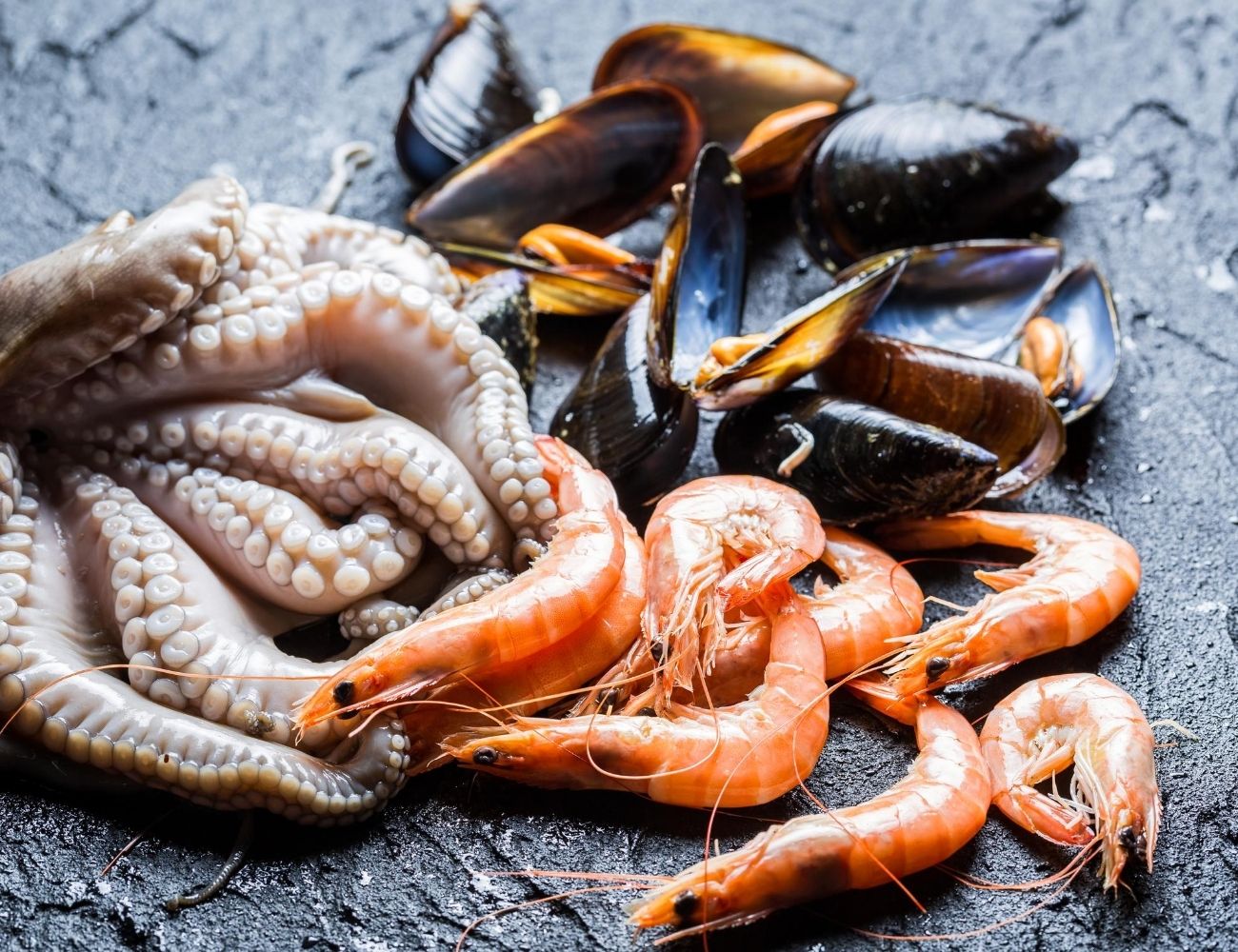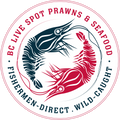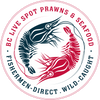Many people rely on fish and seafood for their consumption, health, livelihood and pleasure. The increasing demand for seafood leads to overfishing. The exploitation of marine ecosystems poses a serious threat, not only to various species of fish and other marine animals, but the well being of the ocean as well. That is where the Sustainable Seafood Movement came into play.
Sustainable Seafood Movement
Seafood today, tomorrow and always!
The Sustainable Seafood Movement was launched in 1990 to preserve the habitat of the ocean and conserve marine life. The movement began to educate the consumers to make informed choices and consume sustainable seafood to play their part in the conservation of marine biodiversity (variety of marine species).
What is Sustainable Seafood:
Sustainable Seafood is the seafood, which can increase or maintain the future supply or production without damaging the ecosystem from which it was harvested.
What Makes Wild Seafood Sustainable:
Wild seafood is sustainable if it is caught in such a way that there are plenty of more fish left in the ocean to ensure future supply. But being a seafood consumer, how can we ensure that the seafood that is reaching our plates is sustainable or not?
To make sure that the seafood is sustainable, you need to find out certain things:
1. Source and Species of the Fish or Seafood
To make sure that the seafood is sustainable, make sure to find out the specific breed of the fish and from where it was harvested. Once you know the specific species’ breed, you can easily google whether that particular fish is a victim of overfishing or not. For instance, you were told that the fish you are going to buy is tuna. But this is not complete information because Bluefin tuna is surviving overfishing, while Wild Albacore tuna is abundant in our oceans. The sustainable choice in the aforementioned case would be Wild Albacore Tuna. Not telling the specific breed of tuna can be misleading for you when you want to buy sustainable seafood. When it comes to the source, always buy local. The lesser time your seafood takes to land to your fork from the shore, the better it is! This will ensure the support you are giving back to the community as well.

2. Method of Harvesting
The second most important thing to make sustainable seafood choice is to find out about the method of harvesting. How the fish or seafood was harvested. Which fishing gear was used. To find out about the fishing gear is important because it has a major impact on other species and the marine habitat. To make a sustainable seafood choice make sure that the fishing gear is:
- Selective fishing equipment: Always prefer the seafood caught through a selective fishing gear like hooks, traps and harpoons. Avoid indiscriminate fishing gear like gill nets, trawls and purse seines, produce more bycatch.
- Habitat-friendly: The fishing gear can damage other aquatic species and marine habitat if it touches the seafloor. For instance, bottom trawls catch fish by dragging heavy gear on the seafloor. The habitat-friendly options are handline, traps, pole caught wild fish or seafood.
3. Bycatch Policy
Bycatch refers to the unintentionally harvested catch while targeting a particular species of fish. To make sustainable seafood choices, the bycatch policy is also a key factor. At times, the bycatch may also include the fish that are not on the allowed list for harvesting. For instance, a fish that is caught out of season is considered a bycatch. BC Live Spot Prawns and Seafood endorses sustainable seafood harvesting and consumption. We protect and safeguard the trapping of young species or egg-bearing females for our seafood. In case, we get them, we return them to the ocean.
4. Food chain
When it comes to sustainable fish, the sustainable options are the ones that are low on the food chains. This is mainly because they are more abundant than the ones that are high on the food chain. Additionally, they curb overfishing easily because they begin to reproduce at a relatively young age. Some examples include wild albacore tuna, cod, wild salmon or wild halibut.
5. Eco-certification and Accreditation
Being a wise consumer, you only want to buy seafood or fish that is sustainable. To make sure that the consumers and the oceans both remain healthy, there are various certification companies. They make sure that the seafood that reaches your fork is perfectly sustainable. When it comes to wild seafood, one of the best certifications company is MSC. If you see the eco-certification label of MSC on your favourite seafood packs, you can stop worrying because they have sustainability covered!
Take-Away
When you want to order or buy seafood or fish, make sure it is sustainable. Always find out the source, breed, harvesting method and bycatch policy before the fish or seafood lands in your kitchen. If you think that finding sustainable seafood is difficult, you can easily buy seafood online now.
At BC Live Spot Prawns and Seafood, we are dedicated to preserving the marine habitat and seafood conservation. We also have an ocean-friendly bycatch policy. We always protect the trapping of egg-bearing females and young species for our seafood and return our bycatch to the ocean. All our seafood products MSC certified.

We have great deals on live, fresh, and frozen seafood including the delicacy, Uni (Sea Urchin Roe), Spot Prawn tails (the best quality you can get!), Spot Prawn Tails, Wild Albacore Tuna, Wild Octopus, Wild Pacific Halibut fillets, Wild Sockeye Salmon, Wild Spring Salmon, and Wild Pink Salmon. When you buy seafood onilne directly from your local fishermen, you know you are getting the highest quality seafood from a trusted source, while supporting a local small business!



Leave a comment